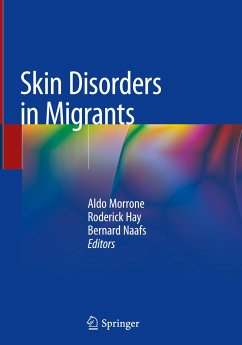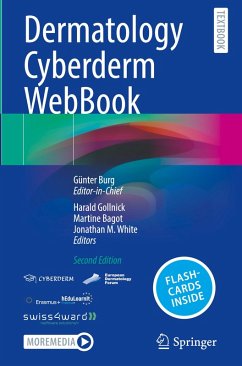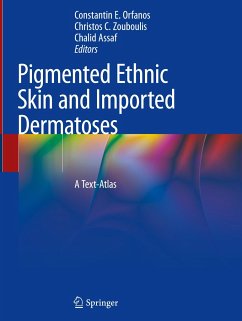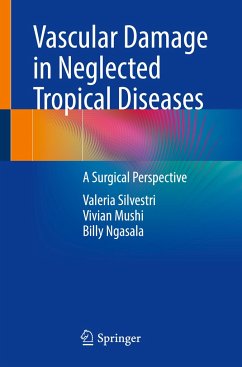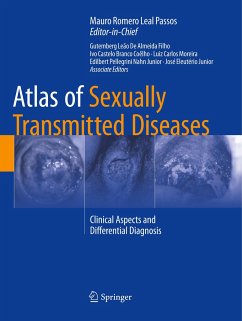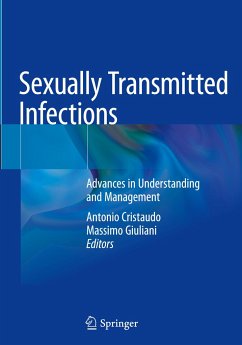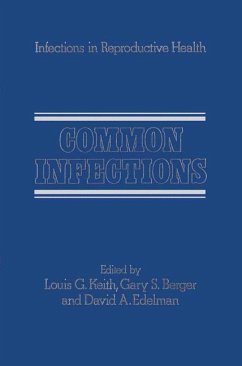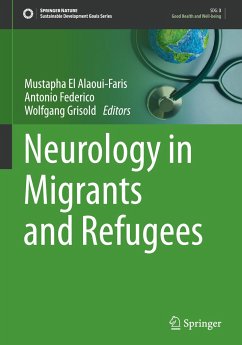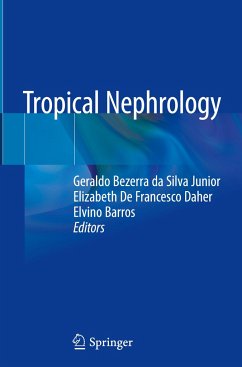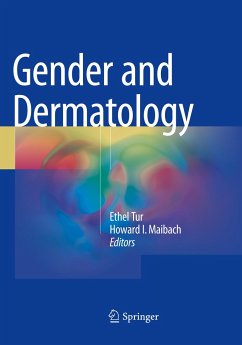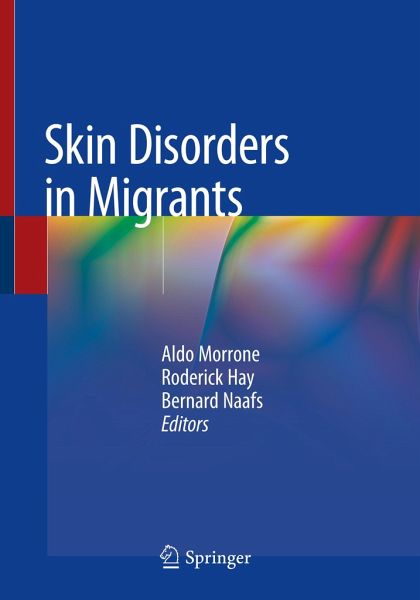
Skin Disorders in Migrants
Versandkostenfrei!
Versandfertig in 6-10 Tagen
61,99 €
inkl. MwSt.

PAYBACK Punkte
31 °P sammeln!
This richly illustrated book is a comprehensive guide to the dermatologic disorders that may be encountered in refugees and other migrants. It will equip readers to diagnose and treat a diverse range of skin diseases and conditions, including, but not limited to, infections caused by bacteria, viruses, fungi, and parasites, dermatologic manifestations of sexually transmitted diseases, dermatoses associated with malnutrition, pigmentary disorders, bullous diseases, connective tissue diseases, and benign and malignant cutaneous neoplasias. Attention is drawn to various neglected tropical skin di...
This richly illustrated book is a comprehensive guide to the dermatologic disorders that may be encountered in refugees and other migrants. It will equip readers to diagnose and treat a diverse range of skin diseases and conditions, including, but not limited to, infections caused by bacteria, viruses, fungi, and parasites, dermatologic manifestations of sexually transmitted diseases, dermatoses associated with malnutrition, pigmentary disorders, bullous diseases, connective tissue diseases, and benign and malignant cutaneous neoplasias. Attention is drawn to various neglected tropical skin diseases and to the characteristic signs of torture and genital mutilations. Helpful information is also provided on the significance of skin color and the relevance of ethnic and genetic factors. The clinical chapters are complemented by discussion of the circumstances that give rise to migration, such as poverty, war, and environmental conditions. This enables the reader to gain a more rounded understanding of patients' circumstances that in turn will positively impact on patient care. This book will be of wide interest to dermatologists, whether experienced or in training, as well as to general physicians and researchers.



